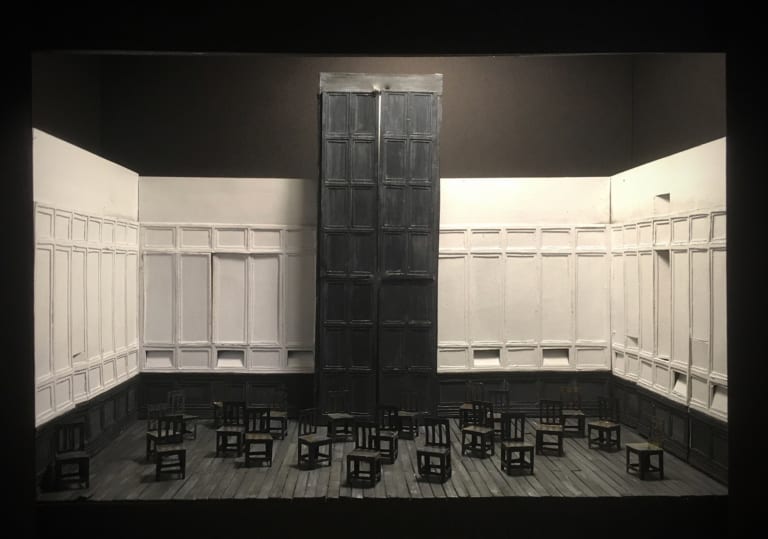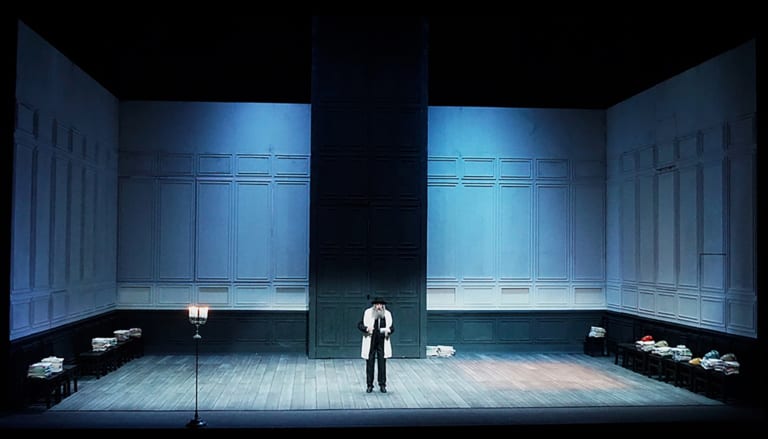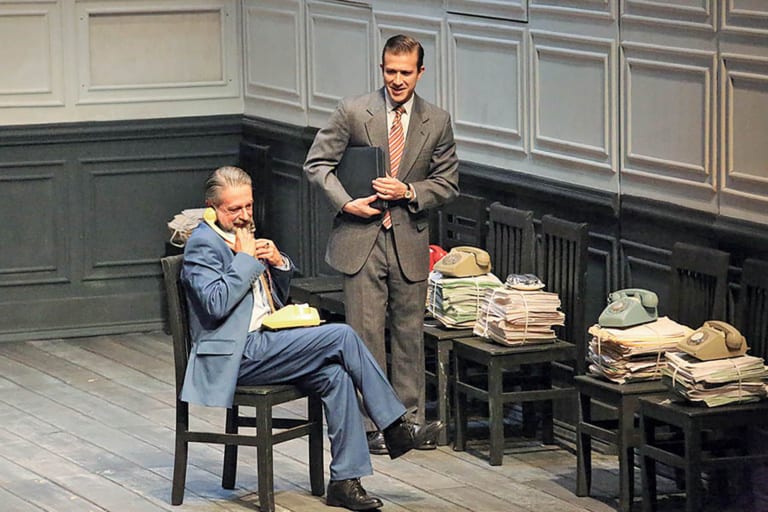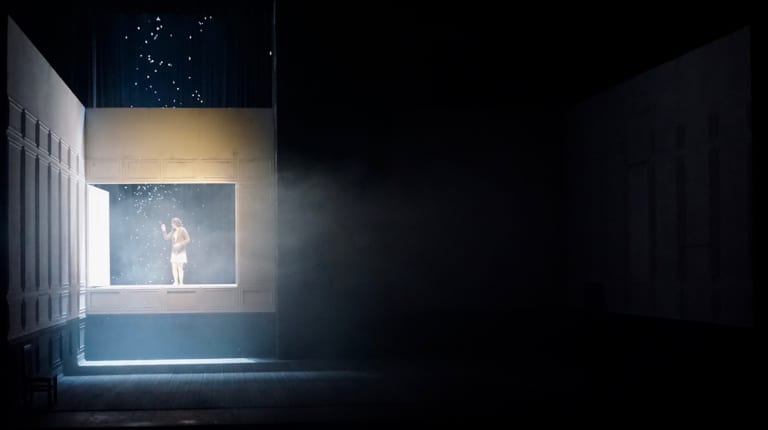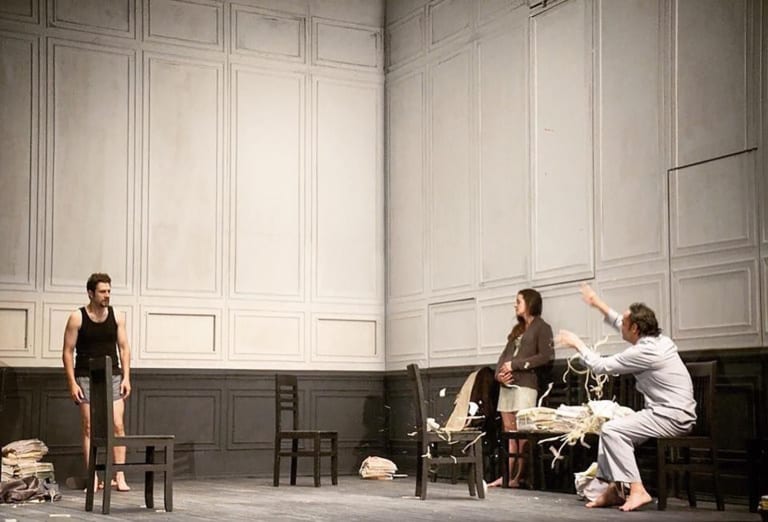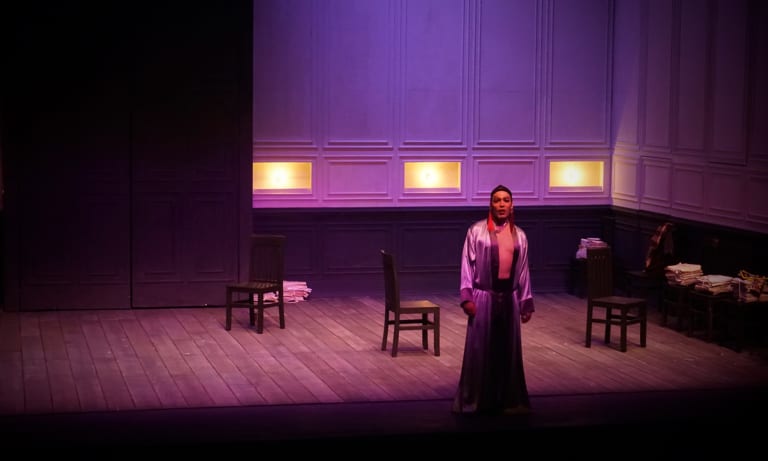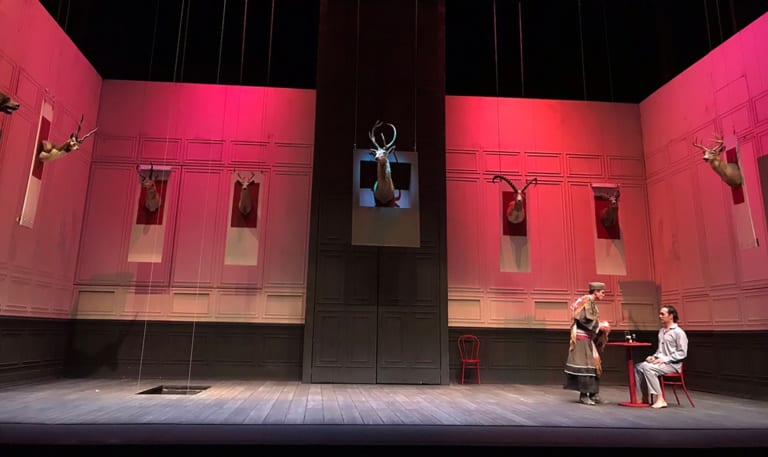Tanya Orellana
Scenic Designer — ANGELS IN AMERICA:MILLENIUM APPROACHES
Tanya Orellana designs performance spaces for Theater, Dance, Opera and Puppetry. She is a core member of the award winning ensemble Campo Santo. Her design collaborations include SAPO, by Culture Clash at The Getty Villa, Casa de Spirits (Yerba Buena Center for the Arts Forum), the world premiere of The Heath (Merrimack Rep), Nogales: Storytellers in Cartel Country (Borderlands Theatre and The Magic Theatre). Exploring the intersection of design and civic practice Tanya led workshops on theatrical design for incarcerated persons at Perryville State Prison, to create Their Dogs Came With Them. Tanya is the 2016 recipient of the Princess Grace Fabergé Theatre Award. Her work has been seen in Cuba, Mexico, Scotland and across the USA.
Tanya is originally from San Francisco, CA and is of Salvadorean heritage. She received her MFA from California Institute of the Arts (CalArts), and is currently based in San Francisco and Los Angeles, CA.
ANGELS IN AMERICA was directed by Martín Acosta in a co-production between the National Autonomous University of Mexico and CalArts Center for New Performance, in March 2018.
A masonic space, a religious space, and a government space. The walls stand 20 feet tall, no visible doors or windows, evoking a feeling of being trapped, submerged and overwhelmed. A space that seems stagnant, is in motion. Panels open to reveal hidden doors, lights and entrances. Mr. Lies burst through on a ladder, walls open to reveal Antartica, the Angel creates an unexpected window with her voice. The entirety of the play takes place in relationship to the politics of the space. In this landscape, truth breaks through to create resistance in historically exclusive spaces. From the beginning of our process I was grievously aware of the connection between Roy Cohn, his mentorship to Donald Trump and the consequences of fraternal social order. When Director Martín Acosta proposed the idea of a Masonic space I immediately gravitated to the idea of a space that feels trapped and overwhelming but that can be contrasted with everyday items. Through a rigorous and generative rehearsal process, we developed places for the seemingly enclosed space to become porous and expressive.
back / zpátky